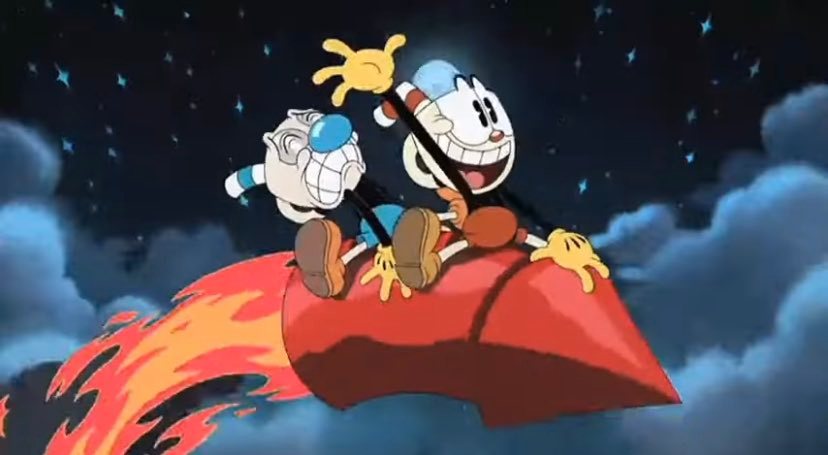By Nicholas Proch

If you’ve seen the countless efforts from Nicholas Cage to take his roles to the extreme, then his latest character, Milton, won’t take you by surprise. Combine escaping from hell, driving fast cars and gratuitous sex into a nice 90 minute package and you’re left with Drive Angry.
Directed by Patrick Lussier (Scream), the story surrounds the deranged and hostile Milton who escapes from the Satanic underworld to kill the captor of his baby granddaughter and murderer of his daughter. Accompanied by a great performance from William Fichtner, playing the role of the ‘Accountant’ of Hell, this film is packed with a great balance of extreme action and timely comedy.
With all of the explosions, gun fights, fist fights and well-choreographed blood splatters, it’s best to see this movie in its intended form…in 3D. The cinematography was done completely with the 3D viewing in mind. This has become a gimmick as of late from the motion picture studios, but given the genre, it seems to fit perfectly (much better than with Jackass 3D).
Surprisingly, there is a good deal of moral values and cultural questions that are called into question throughout Drive Angry. Amber Heard, who plays Piper in the film, has to toil with the decision of whether or not to help a murderer and a convict (although she later figures out that he served his time in another world).
The main antagonist is played by Billy Burke, who acts as the fictional cult leader, Jonah King, and the man whom Milton is after. The close examination of cult groups has a staying point throughout the movie. It’s very interesting to note the feelings that the ‘Accountant’ has of Jonah King, who feels that he is a chosen one by Satan, which the Accountant knows to not be true.
Strong points of the film are its sound editing and cinematography. With all the red-lining engines from 60’s muscles cars, gun fire and gasoline-induced eruptions, it could have been a major detractor had they not been done correctly and crisply. The audience can feel the difference between a rumbling and screaming motor while Cage is racing after his granddaughter. These differences make you feel as if you are witnessing this event take place, no matter how ridiculous it is.
The camera and editing leaves very little to be desired. Slow motion works to perfection when Cage is having sex with a hooker, while simultaneously shooting and kill several enemies. The actual fight may have actually taken several seconds in real time, but in the scene it is stretched out to about five minutes. Rolling around the bed and then on the floor, every decision by Lussier is made to precise perfection as you follow each bullet to its target. Beyond the groundless and excessive intercourse in first 30 minutes of the film, there are some fantastic driving scenes. Many chase scenes from the industry seem impossible and almost laughable, but these seem to have an element of realism. There are no defied physics or impractical maneuvers, but these scenes rely completely on speed. The beauty of it is, due to the great camera work, you can actually feel that speed, especially behind a pair of cheap plastic 3D glasses.
With all these high points, there are certainly some negatives. There is an element which can almost certainly ruin a scene for any moviegoer, bad CGI. There are two or three scenes which fall victim to this and for several seconds you feel as if you are watching a local access television channel being overrun by the devil. There is also a moment where the story seems to stall, right before it is saved by an intense fight scene in a church between Cage and the opposing cult. Luckily, these low points don’t take away from the overall experience.
Prepare for an eventful 90 minutes, as the pros will certainly outweigh the cons. With fun and believable performances from Cage and his co-stars, this film leaves the audience not wanting to drive home angry, but instead satisfied. If you’re a fan of action and mindless violence you’ll fall in love with Drive Angry.









